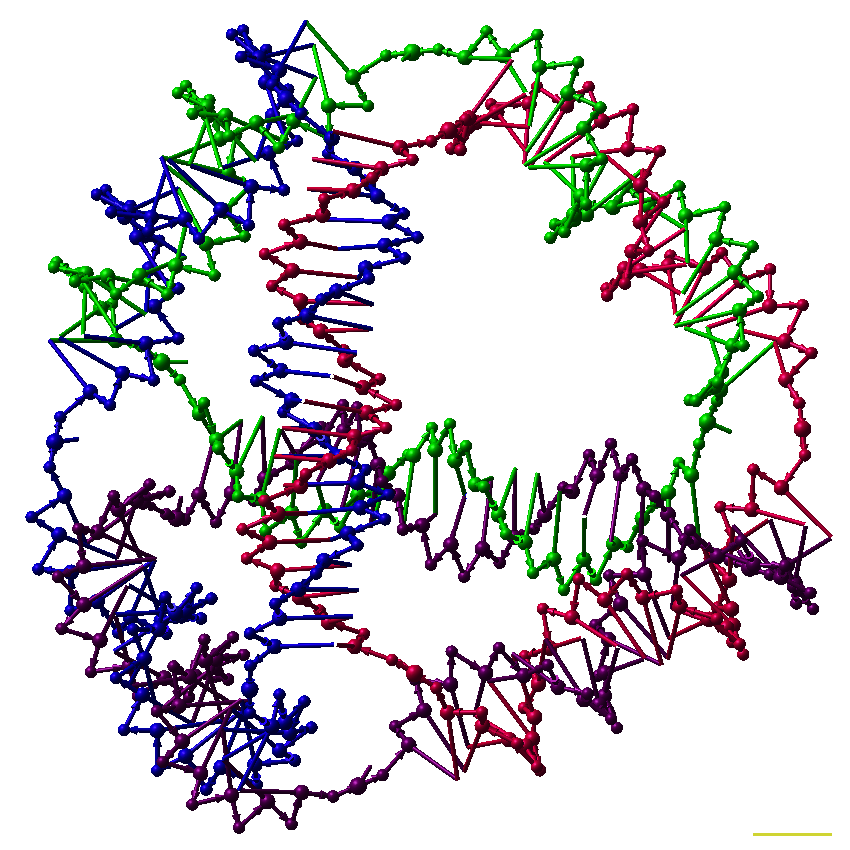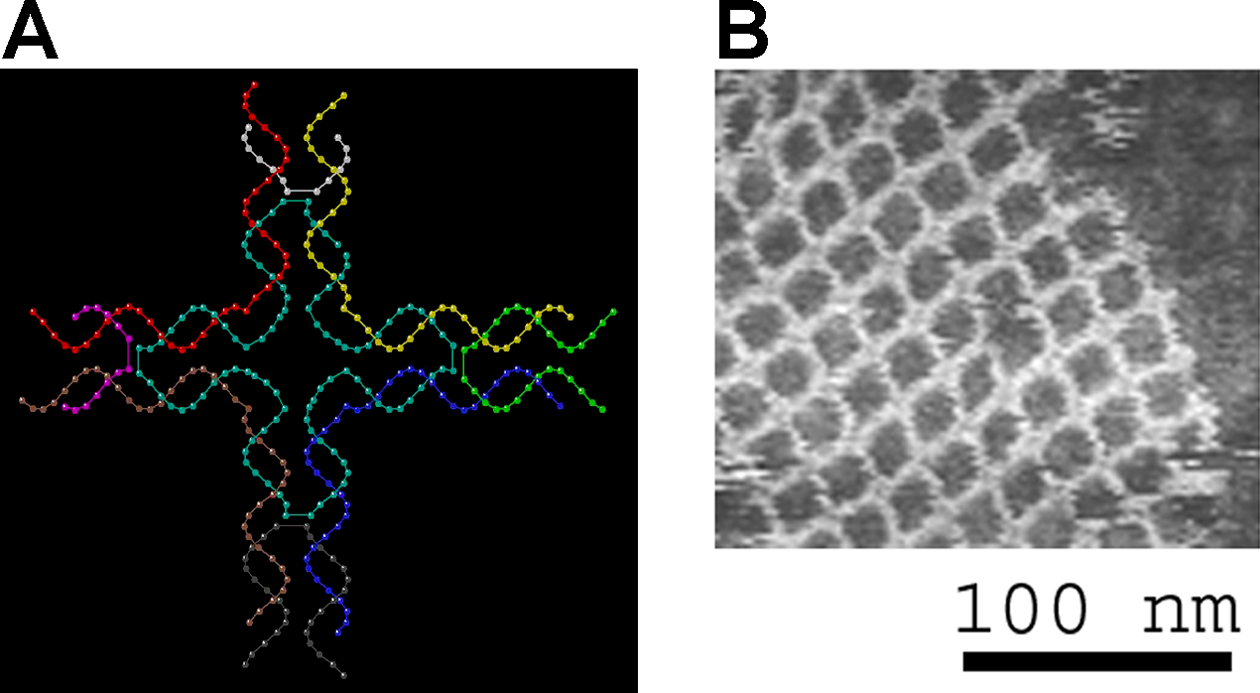
Supramolecular biomaterials exploit rationally-designed non-covalent interactions to enable innovative approaches to drug formulation and delivery. For example, supramolecular interactions can be used to dynamically cross-link polymer networks, yielding shear-thinning and self-healing hydrogels that allow for minimally invasive implantation in vivo though direct injection or catheter delivery to tissues. Alternatively, rationally designed high-affinity interactions can be used to non-covalently modify therapeutic proteins, endowing them with prosthetic function such as enhanced stability in formulation or extended activity in vivo. In this talk, we will discuss the investigation of a hydrogel platform exploiting dynamic multivalent interactions between biopolymers and nanoparticles. These materials exhibit viscous flow under shear stress (shear-thinning) and rapid recovery of mechanical properties when the applied stress is relaxed (self-healing), afford minimally invasive implantation in vivo though direct injection. The hierarchical construction of these biphasic hydrogels allows for multiple therapeutic compounds to be entrapped simultaneously and delivered with identical release profiles, regardless of their chemical make-up, over user-defined timeframes ranging from days to months. These materials enable novel approaches to immunomodulatory therapies such as vaccines and cancer immunotherapies that rely on precise and sustained release of complex mixtures of compounds. We demonstrate that these unique characteristics enable the development of vaccines that greatly enhance the magnitude, quality, and durability of the humoral immune response.

Further, we will discuss the use of supramolecular interactions to append functionality to therapeutic proteins to enhance their stability in formulation and therapeutic function. This non-covalent approach to modification of authentic proteins is highly modular and allows for formulation of historically incompatible proteins. Overall, this presentation will demonstrate the utility of a supramolecular approach to the design of biomaterials affording unique opportunities in the formulation and controlled release of therapeutics.
Images are licensed under Creative Commons License.

